İbn Hallikân. Tercüme-i Vefayâtü’l-Aʿyân li-İbn-i Hallikân. Arabic-Turkish printed edition, published by Tab’hane-i Âmire, Istanbul 1853
£1,100.00
İbn Hallikân. Tercüme-i Vefayâtü’l-Aʿyân li-İbn-i Hallikân. Arabic-Turkish printed edition, published by Tab’hane-i Âmire, Istanbul, dated A.H. 5 Camazi-al’avvàl 1280 (October 18, 1863 C.E.).
2 volumes, complete set. 353+6, 361+2+3 pages. 8vo (8.5 x 5.5 in). Official Ottoman printing house stamp and an ownership seal present. Text printed in Arabic and Turkish. Bound in original decorative covers with black cloth and ribbed brown leather spine, exhibiting minor signs of aging but overall in very good condition.
This Ottoman-era printed edition of Vefayâtü’l-Aʿyân, a seminal biographical dictionary by the renowned 13th-century scholar Ibn Hallikân, represents one of the earliest systematic attempts to compile biographical accounts of over 800 prominent figures spanning various disciplines, including rulers, viziers, scholars, poets, historians, astronomers, physicians, philosophers, and Sufi mystics. Unlike previous biographical collections (tabakat), which focused on specific religious groups, regional figures, or particular scholarly traditions, Ibn Hallikân’s work provides a comprehensive and alphabetically arranged account of influential individuals across multiple fields, making it one of the earliest and most inclusive works of its kind in Islamic historiography.
Born into a scholarly family, Ibn Hallikân (Ebü’l-Abbâs Şemsüddîn Ahmed b. Muhammed b. İbrâhîm b. Ebî Bekr b. Hallikân el-Bermekî el-İrbilî) was deeply connected to the intellectual and administrative elite of the Abbasid and Ayyubid periods. His ancestry is linked to the renowned Barmakid family, a prominent Abbasid-era vizierial dynasty, and his father was a respected jurist and scholar. Educated among the leading intellectuals of his time, he later served as a qadi (judge) in Cairo and Damascus.
Vefayâtü’l-Aʿyân, written between 1256 and 1273, continued to be expanded by the author until 1281. Ibn Hallikân meticulously sourced his entries from earlier texts, oral traditions, and his own observations. The work corrects errors in earlier biographical accounts, provides precise death dates, and includes descriptions of the cultural and intellectual environments in which these figures lived, making it invaluable for historical, linguistic, literary, and sociological studies.
This edition, printed at the Ottoman state press in 1863, reflects the empire’s commitment to preserving and disseminating classical Islamic scholarship in the age of print. With its bilingual Arabic-Turkish format, it served as both a scholarly resource and an educational tool during the Tanzimat reform era, when the Ottoman administration sought to modernize and systematize knowledge production.
The work remains a cornerstone reference for historians, linguists, and scholars of Islamic intellectual history, providing crucial insights into the social, political, and scholarly networks of the pre-modern Islamic world.
Be the first to review “İbn Hallikân. Tercüme-i Vefayâtü’l-Aʿyân li-İbn-i Hallikân. Arabic-Turkish printed edition, published by Tab’hane-i Âmire, Istanbul 1853” Cancel reply
Product Enquiry
Related products
Arabic and Ottoman
A Masterpiece of Ottoman Education: The Rare İcazetname of Es-Seyyid Mustafa Asım el-Hadimi
Arabic and Ottoman
Arabic and Ottoman
İsmail Bey. Hulviyyât-ı Şahî. Arabic-Turkish manuscript, dated A.H. 1098 (July 1687 C.E.).
Arabic and Ottoman
The Essence of Mathematics, Al-‘Amili, Baha’ al-Din Muhammad ibn Husain, Istanbul 1687

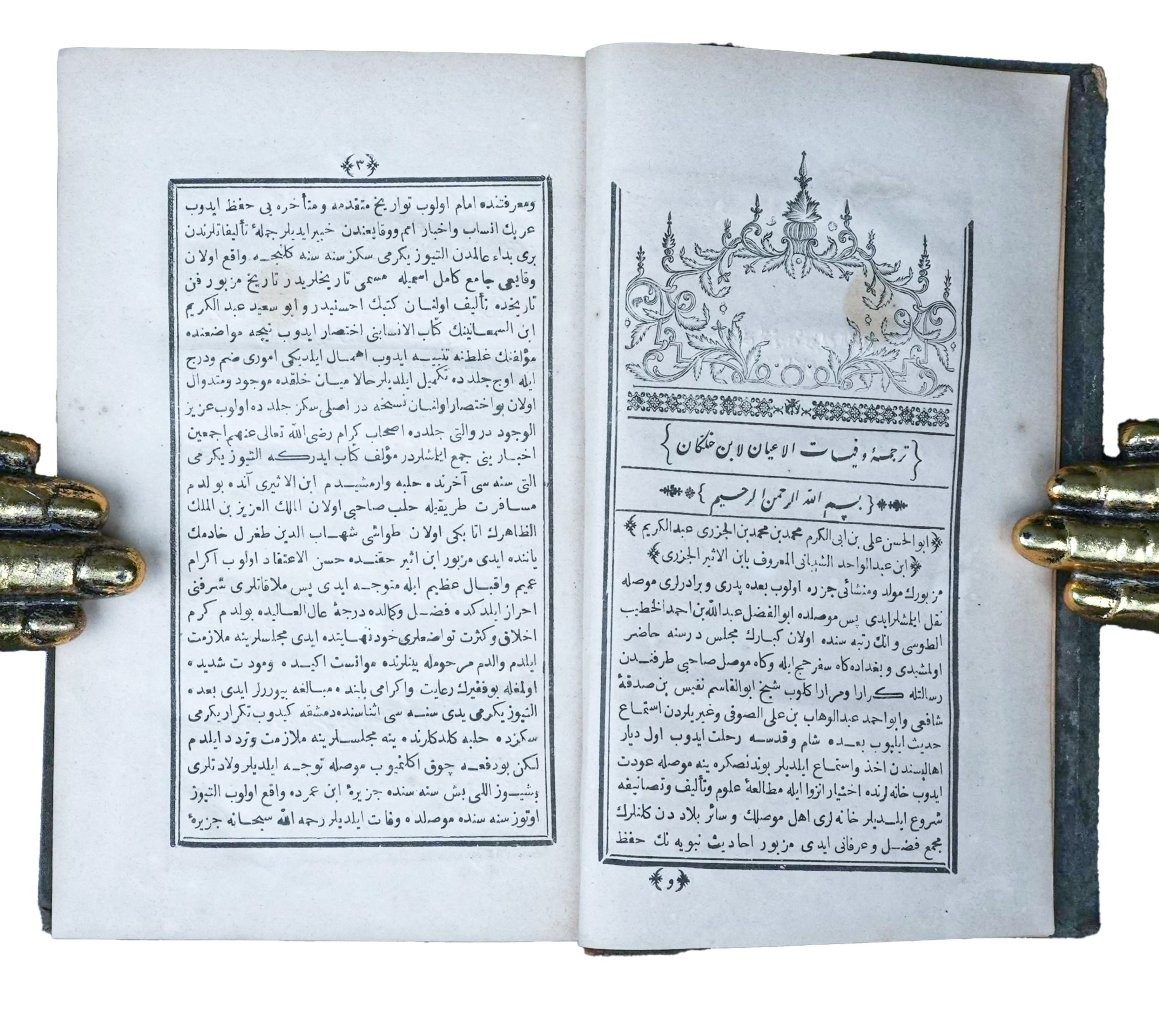
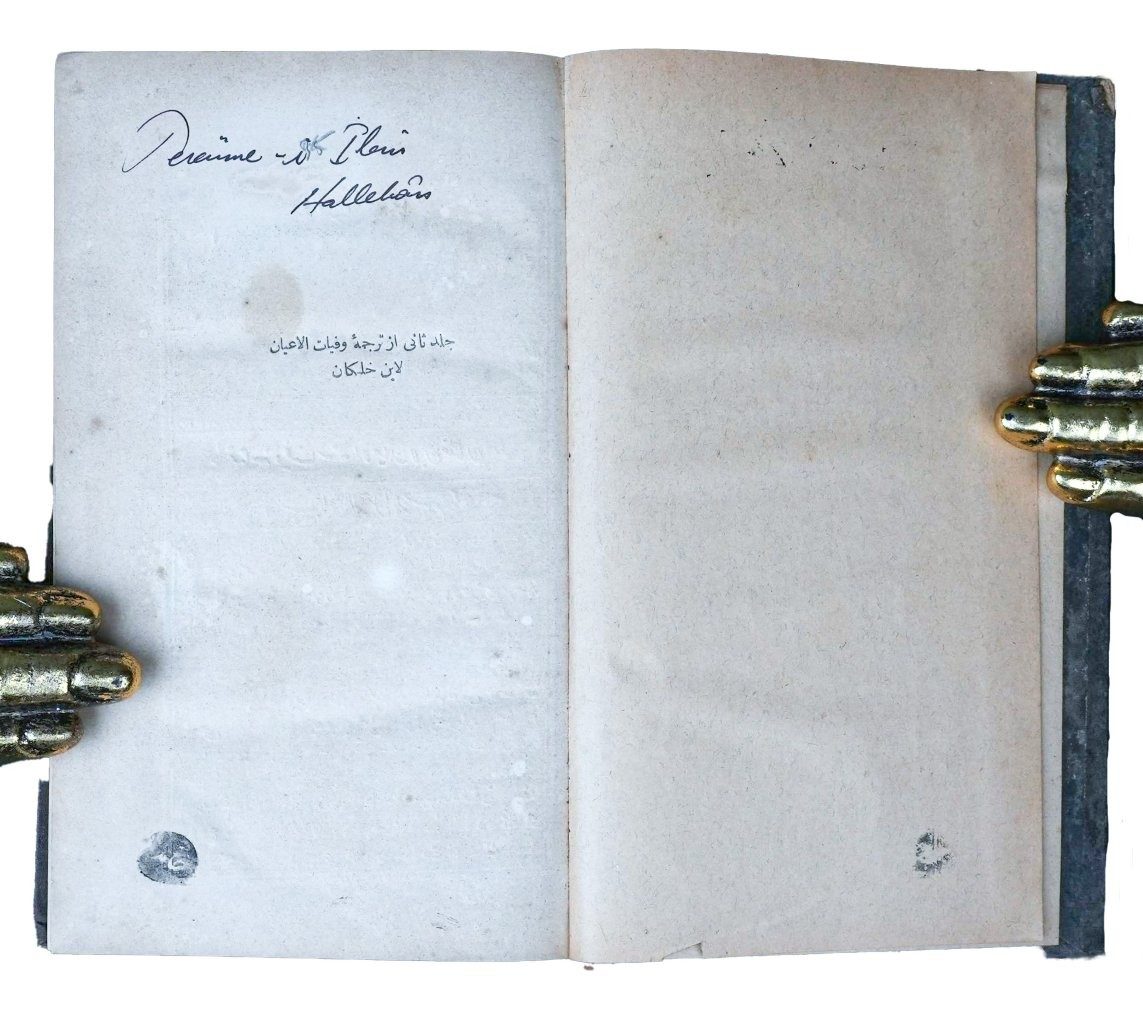

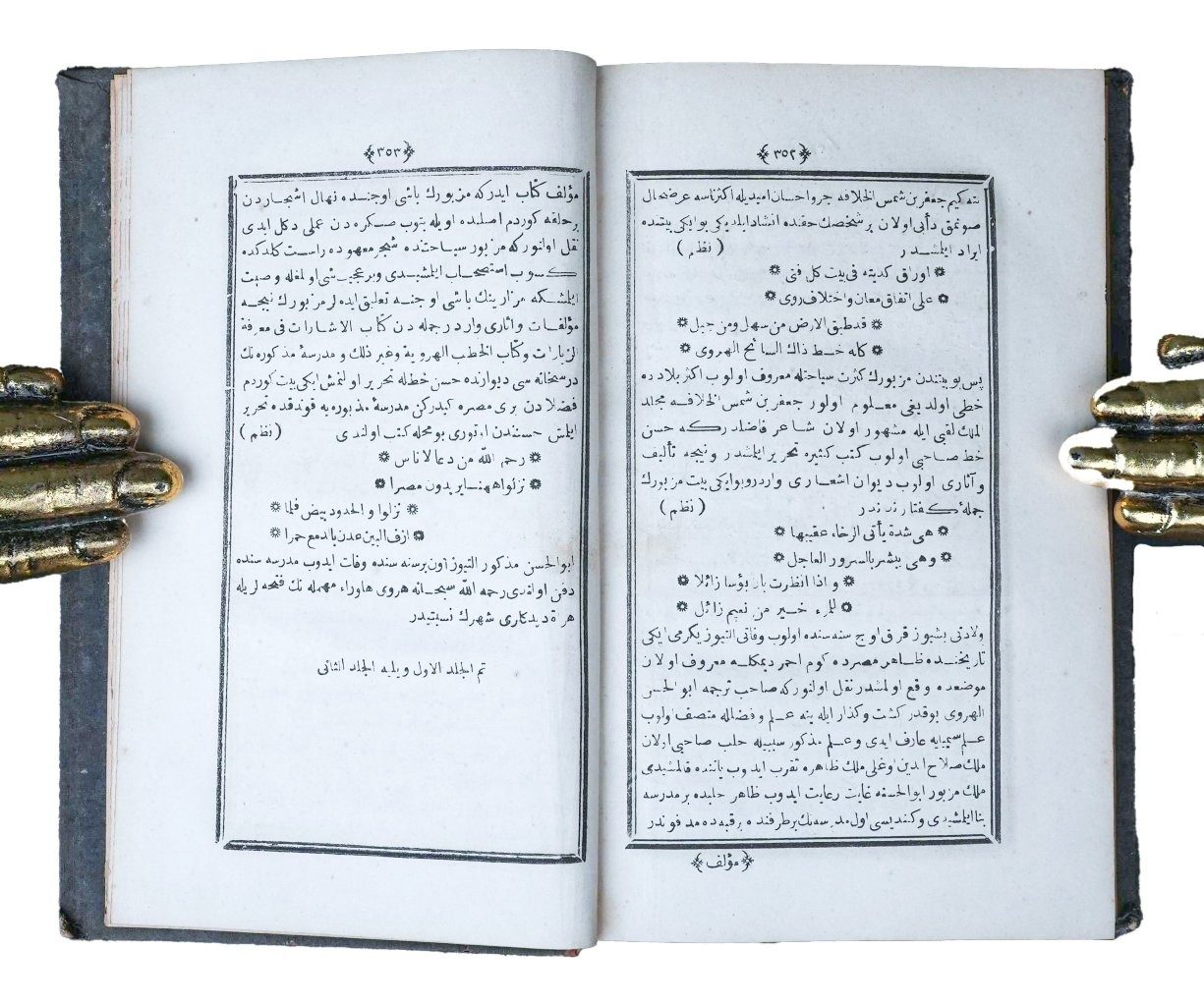
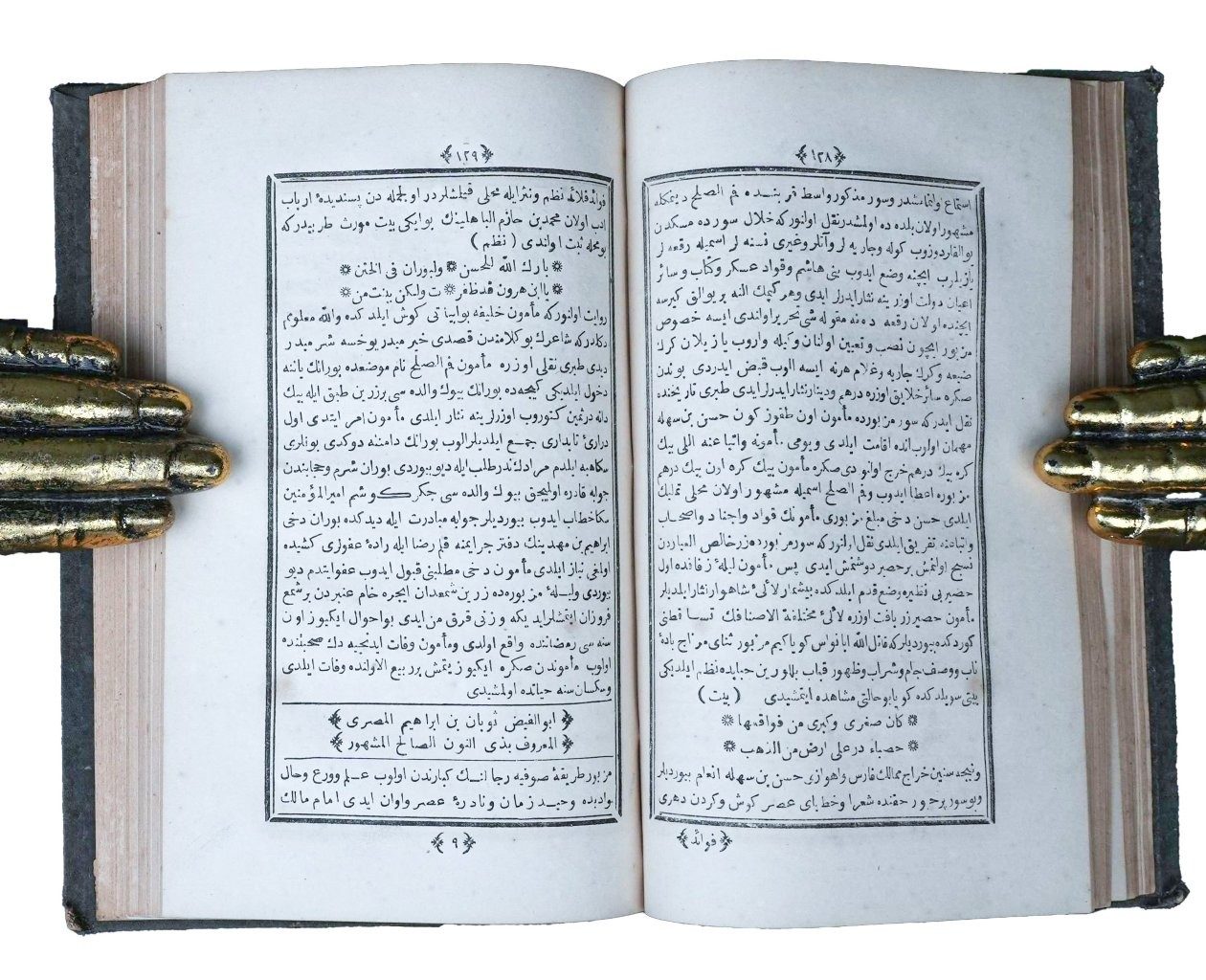
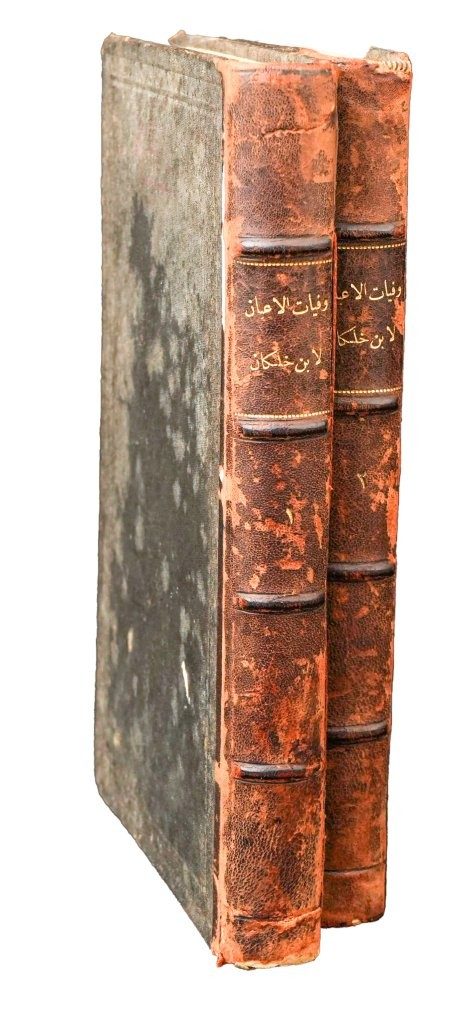
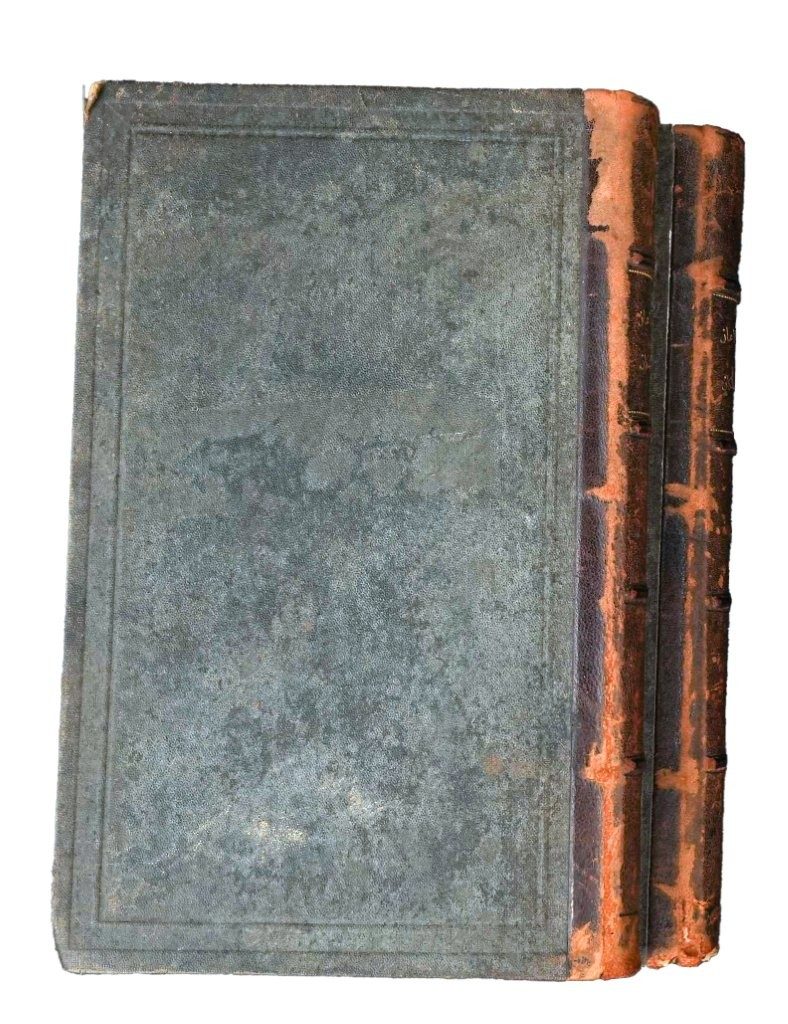
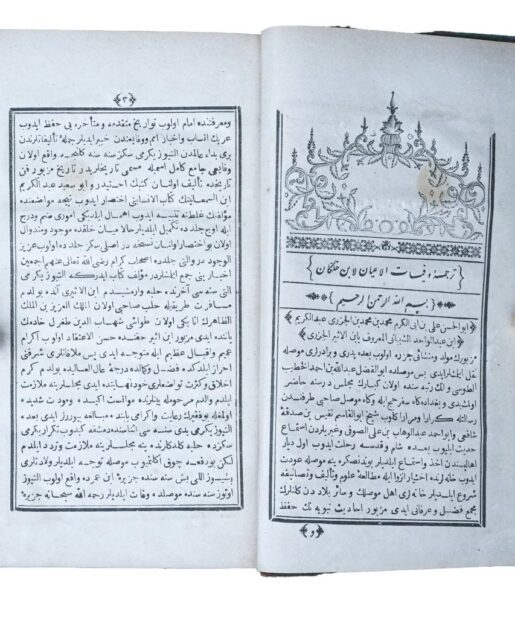
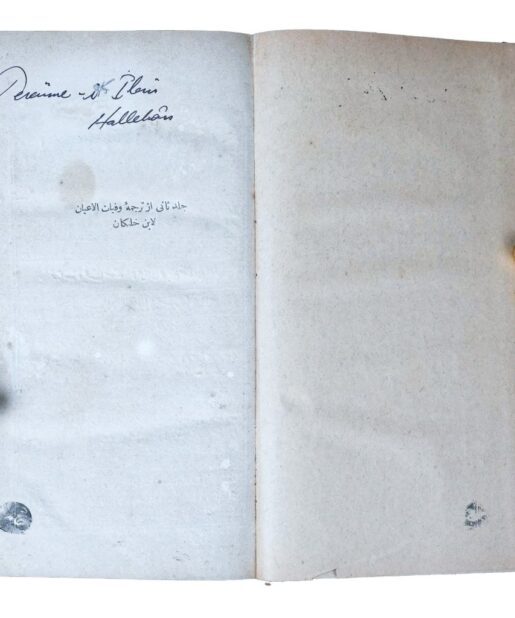
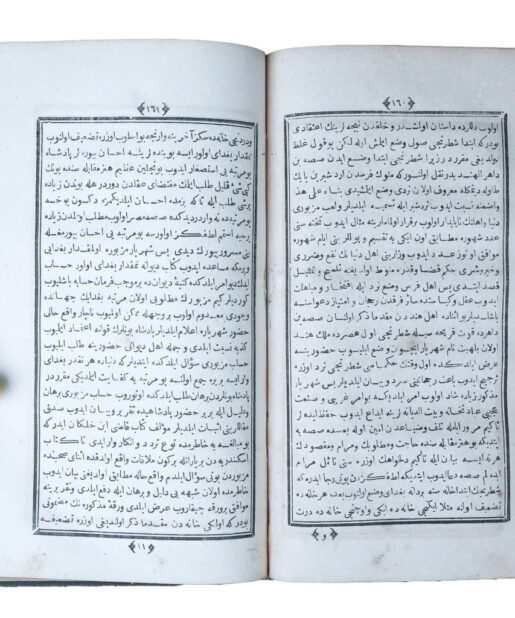
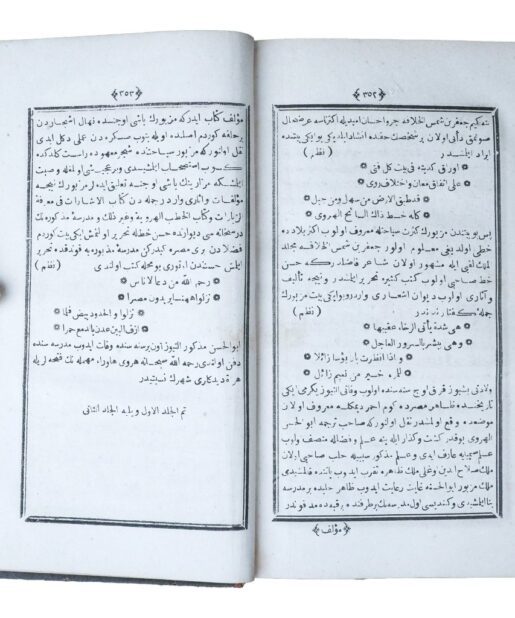
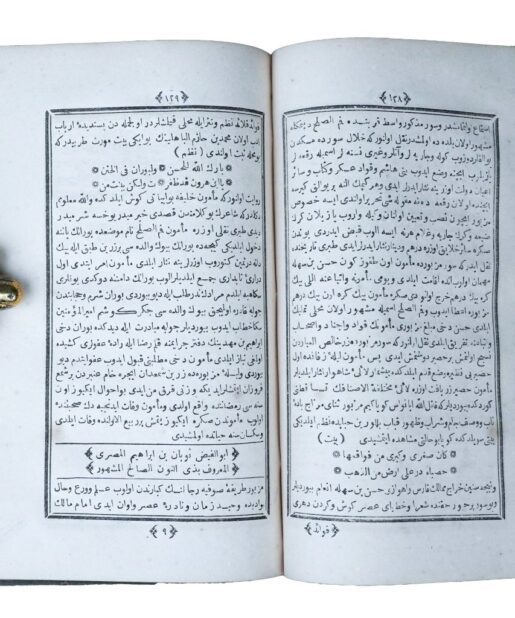
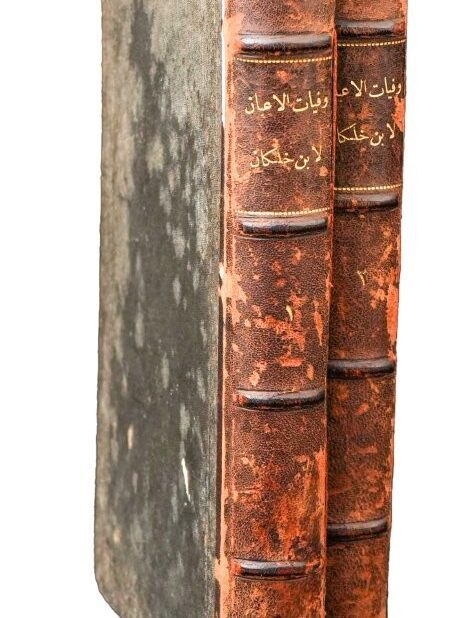
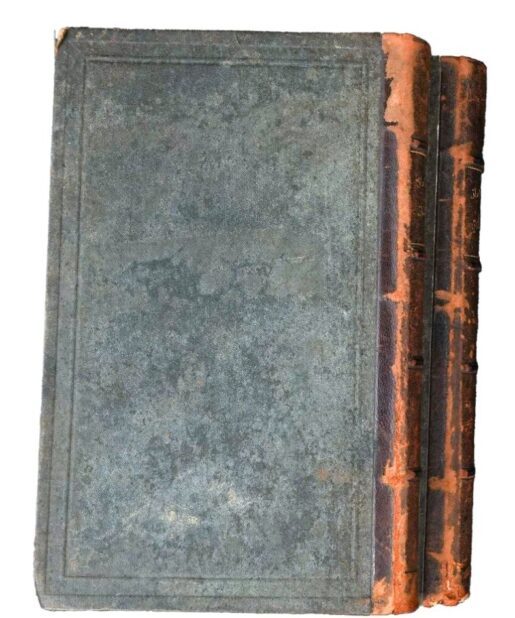
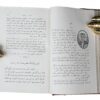
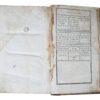
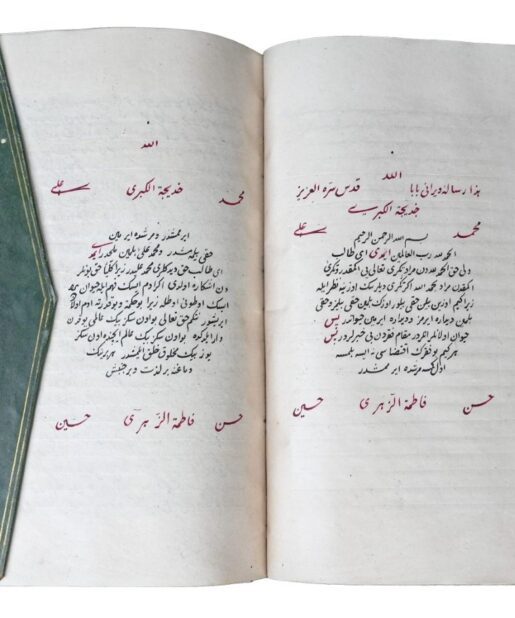
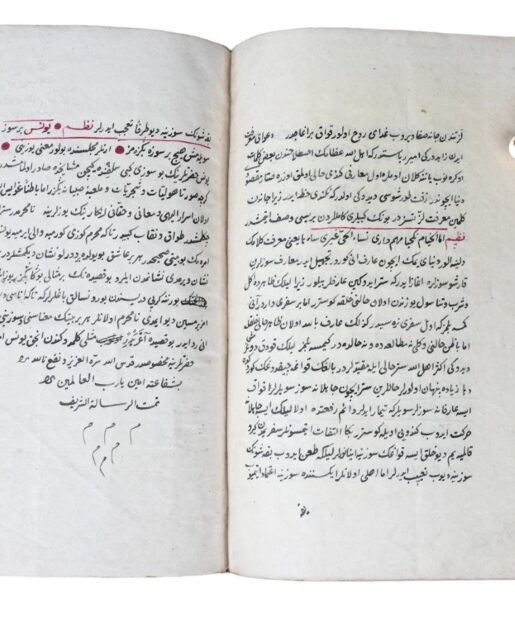

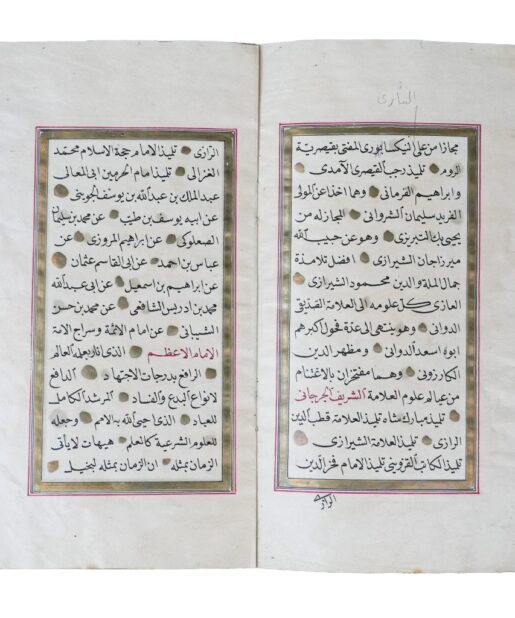
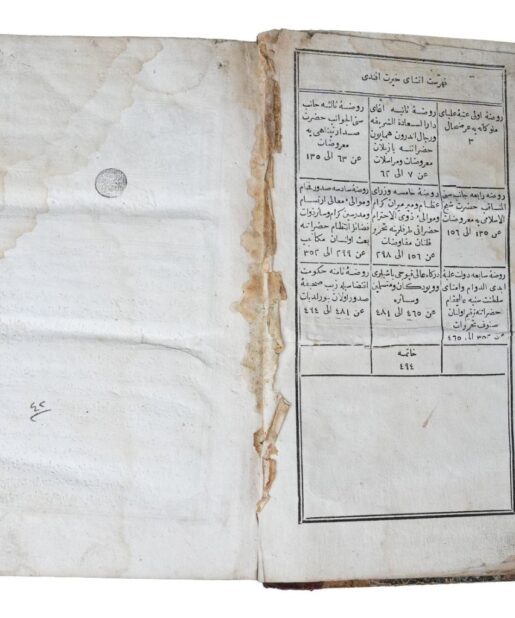

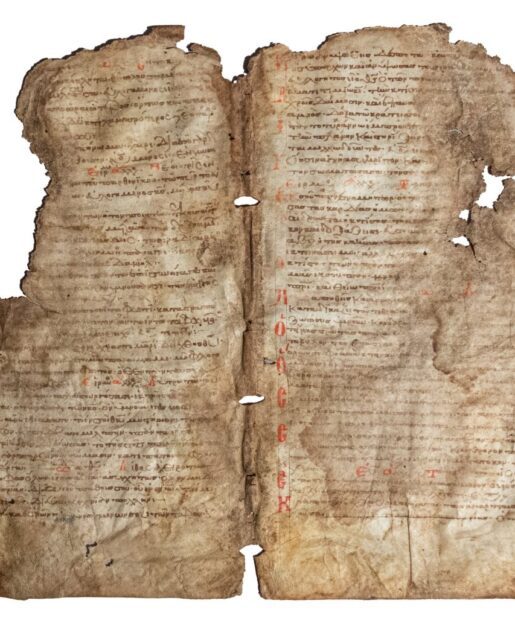
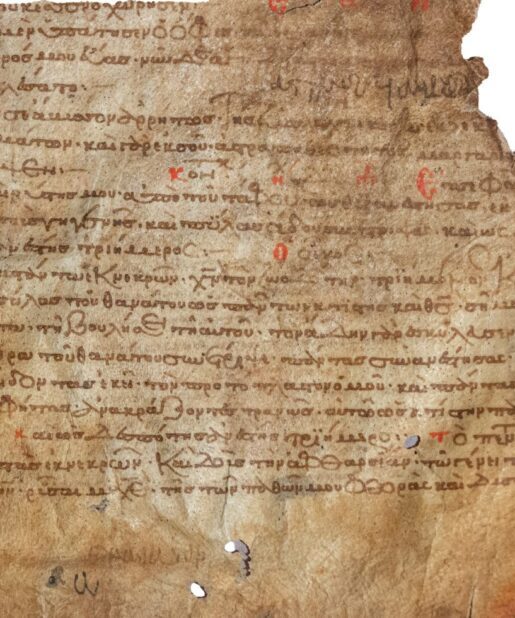
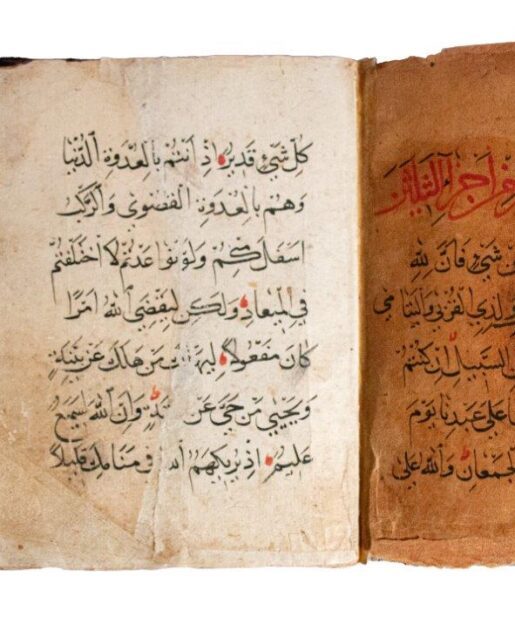
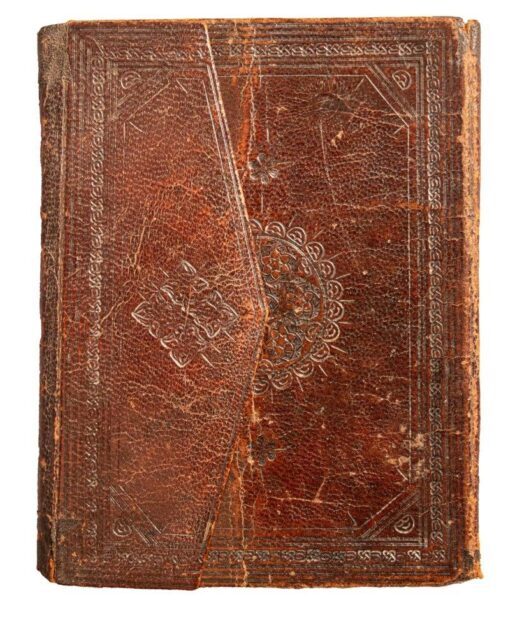
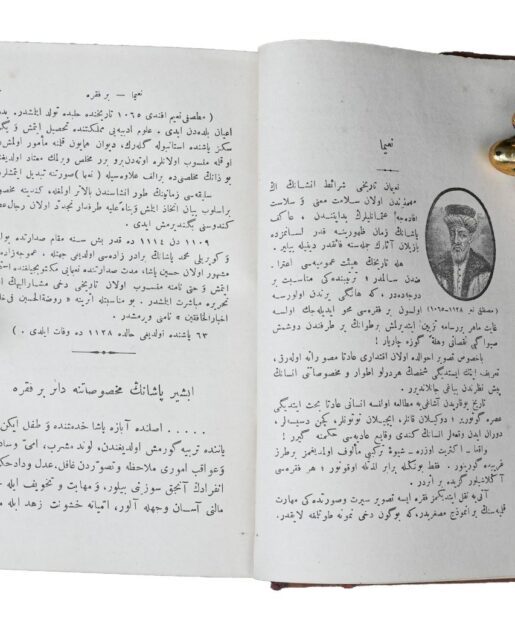

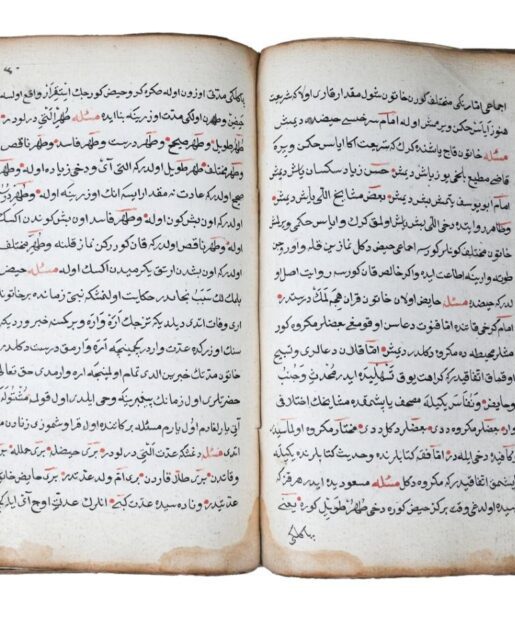
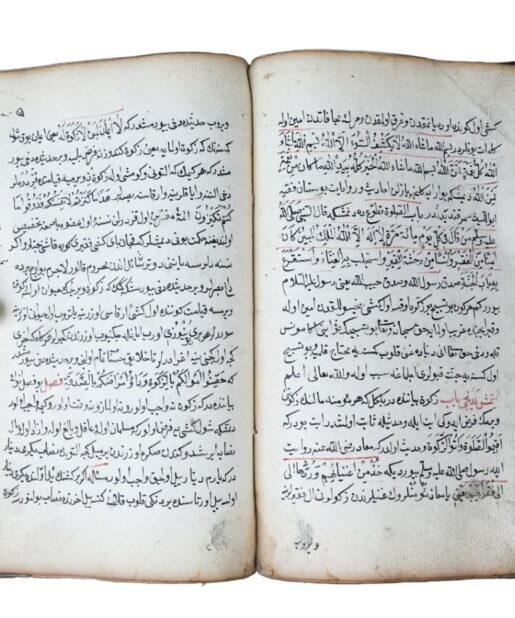
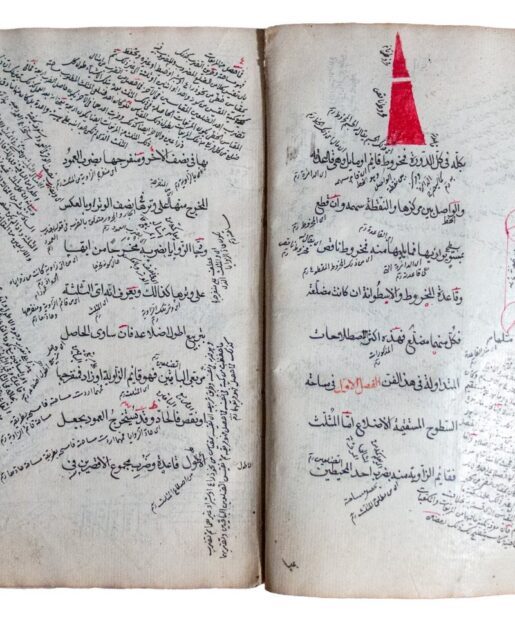
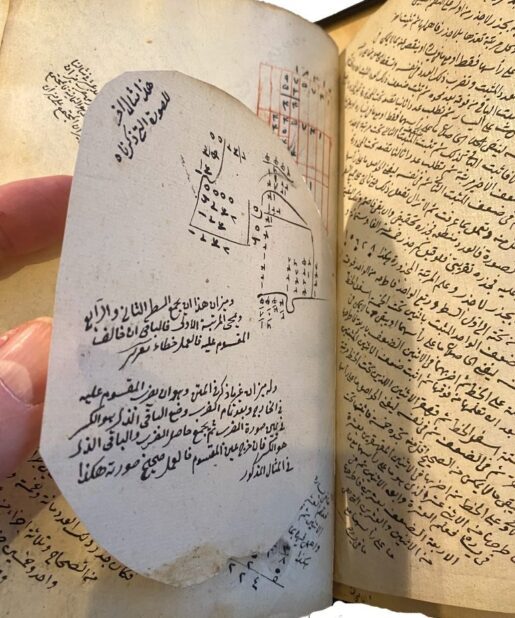
Reviews
There are no reviews yet.